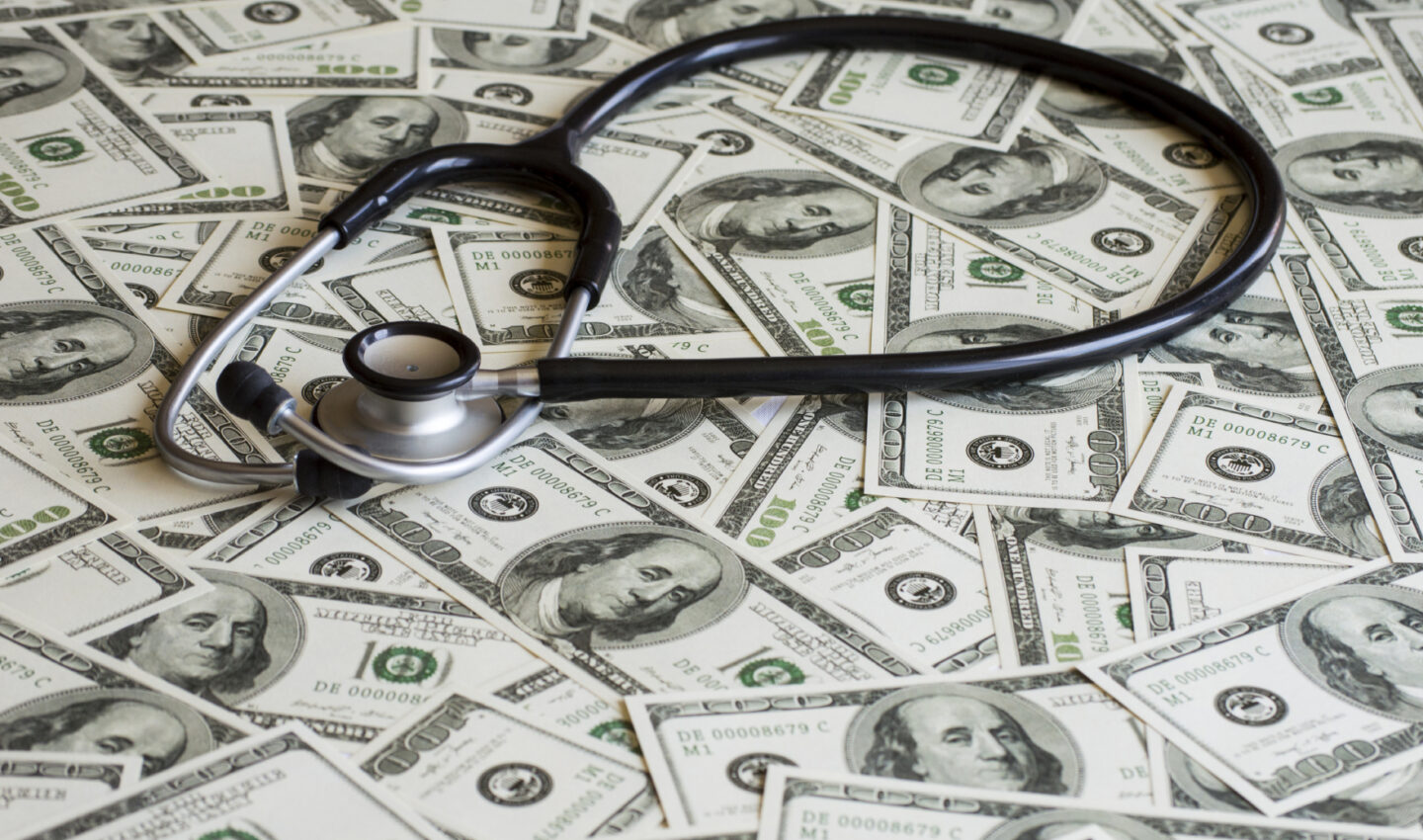Affordability of health care continues to be a challenge for many Massachusetts residents despite high rates of insurance coverage, according to a report co-authored by a team from UMass Medical School and commissioned by the Blue Cross Blue Shield of Massachusetts (BCBSMA) Foundation.
Rising Health Care Costs in Massachusetts: What it Means for Consumers, released April 30, analyzes factors that help explain why health care costs are still a challenge in Massachusetts, even though it has nearly reached universal health care coverage. The report was based on data from the 2013 Massachusetts Health Reform Survey, funded by the BCBSMA Foundation and the Robert Wood Johnson Foundation. The report includes the personal stories of four Massachusetts consumers who have experienced the challenges and consequences of unmanageable health care costs.
The report was co-authored by Carol Gyurina, MMHS, and Robert W. Seifert, MPA, of the Center for Health Law and Economics, a unit within UMass Medical School’s Commonwealth Medicine division, and Jennifer Rosinski of Commonwealth Medicine’s Marketing Analytics unit. Tim Dailey of Marketing Analytics took the photographs in the report.
As health care costs rise in the United States, Americans are paying more for care, even when they are insured, according to the report. Underinsurance affects a significant number of Americans, as employer-sponsored insurance plans increase cost sharing through high deductibles, co-payments and co-insurance. As a result, many people don’t have the financial protection insurance is supposed to provide and many insured middle-class workers struggle to pay medical bills.
Although Massachusetts leads the nation in health care coverage with 95 percent of its adults insured, the situation here is similar to other states, the report said. In 2013, one in five Massachusetts adults who were insured for all of the previous year reported out-of-pocket health care spending of more than 5 percent of their income. One in five had problems paying their medical bills or paid them off over time, the report said. The high cost of care is even more difficult for individuals with low incomes, those who need regular care or medications due to poor health or chronic conditions, and people who are intermittently insured.
Among the findings in the report are:
- While median incomes went up 15 percent from 2006 to 2012, consumer-paid health care spending increased 38 percent.
- Almost one in 10 adults spent more than 10 percent of their income on out-of-pocket health care costs.
- Approximately one in seven adults who were covered in all of 2013 reported they did not seek needed care because of the cost.
The consumer stories highlighted in the report reinforce the report’s statistics:
- A fully-insured Katharine Jackson of Plymouth spent $10,000 out-of-pocket to diagnose and treat a rare inflammatory disease.
- Lab tests to diagnose his prostate cancer cost Ronald Boisvert of Newbury almost $2,000 because they were sent out-of-network without his knowledge.
- Marisabel Melendez of Lawrence had to move in with her mother and tried cutting back on her diabetes medication to handle her high co-pays.
- When Stephen Slaten lost his job he skipped pills to save money and triggered a Crohn’s disease flare-up.
Health Care For All, which assisted in finding the individuals who were profiled, wrote a blog post about the report: New Report: Learn the Numbers – and Meet the People – Hurt by High Health Care Costs.

